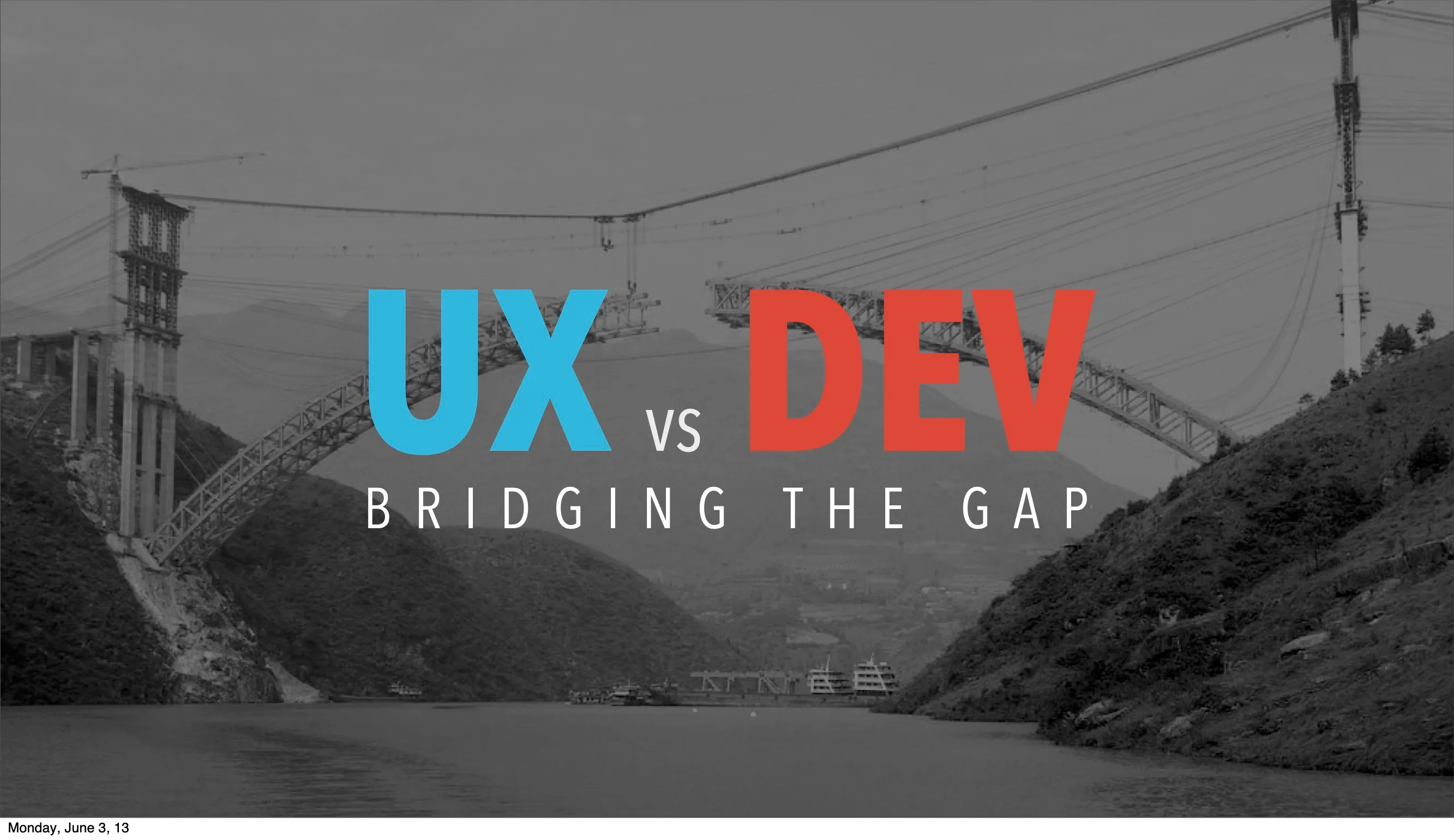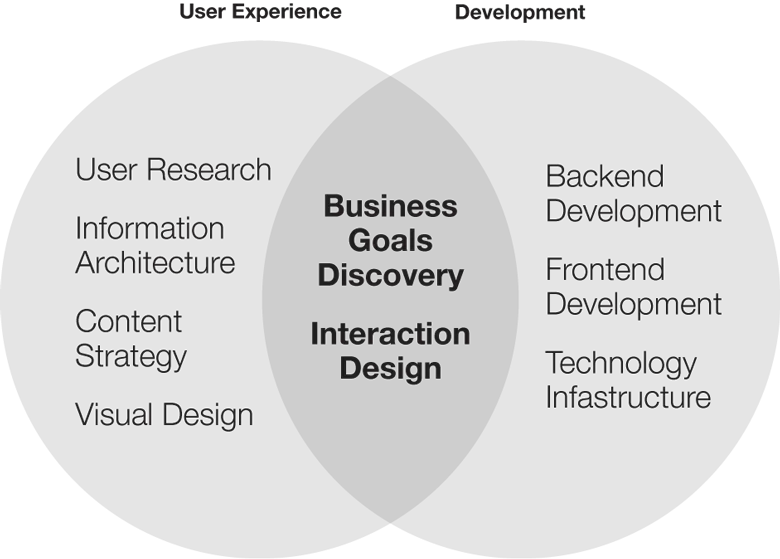UX vs Development: Bridging the Gap

As a user experience designer, working with a developer should be easy. After all, both groups are working together to build the best product they can for our clients. Unfortunately, it's rarely that easy. Even the most well-meaning designers and developers step on each other's toes during a project.
The problem
The typical issues I have seen with developers on projects are: creating new or cutting agreed-upon features without consulting UX; not building the application as designed (or worse, redesigning the application); and everyone’s favorite request “could you just make the site pretty.”
From a development perspective, UX designers tend to under-value the input of developers early in the design process. We often view developers as a production resource, instead of as a valuable partner in the problem-solving process.
I suspect some of the tensions also come from a misunderstanding of ownership in the project. Below you’ll find a somewhat oversimplified Venn diagram of overlapping project responsibilities for UX designers and developers.

The most controversial of these overlaps is the responsibility for interaction design. Great interactions are designed within the constraints of user goals, business goals, & system capabilities. UX Designers identify user & business goals through the research process, but it’s nearly impossible to define the constraints of the system without the aid of a developer.
The solution
Getting both parties in harmony is easier to do than you may think. To borrow advice from a friend in sales, “you can’t convince someone to do something they don’t want to do, you can only show them the benefits of what you are selling.” By integrating development and UX design into each discipline’s process, you can also effectively show the benefits of both processes.
User experience designers should focus on integrating developers into the design process early on. Developers often won’t have the time (or budget) to assist in research but they can attend research findings presentations. Likewise, developers won’t have the time or interest to generate high-fidelity wireframes but integrating them into early ideation and sketching sessions can lead to better solutions and give them the confidence to trust your design process.
Developers can help by integrating UX designers into the process to help provide context for decisions. It’s natural for features to be reduced or even cut due to budget, time, or system constraints. UX designers can help identify features the priority of features based on user goals or suggest easier implementations to reduce cost while meeting user and business goals.
For UX and development to work well together, each has to understand the benefit that the other brings. If each side works hard to ensure the other is integrated into the design and development process, I believe we can produce better results for our clients and users.
